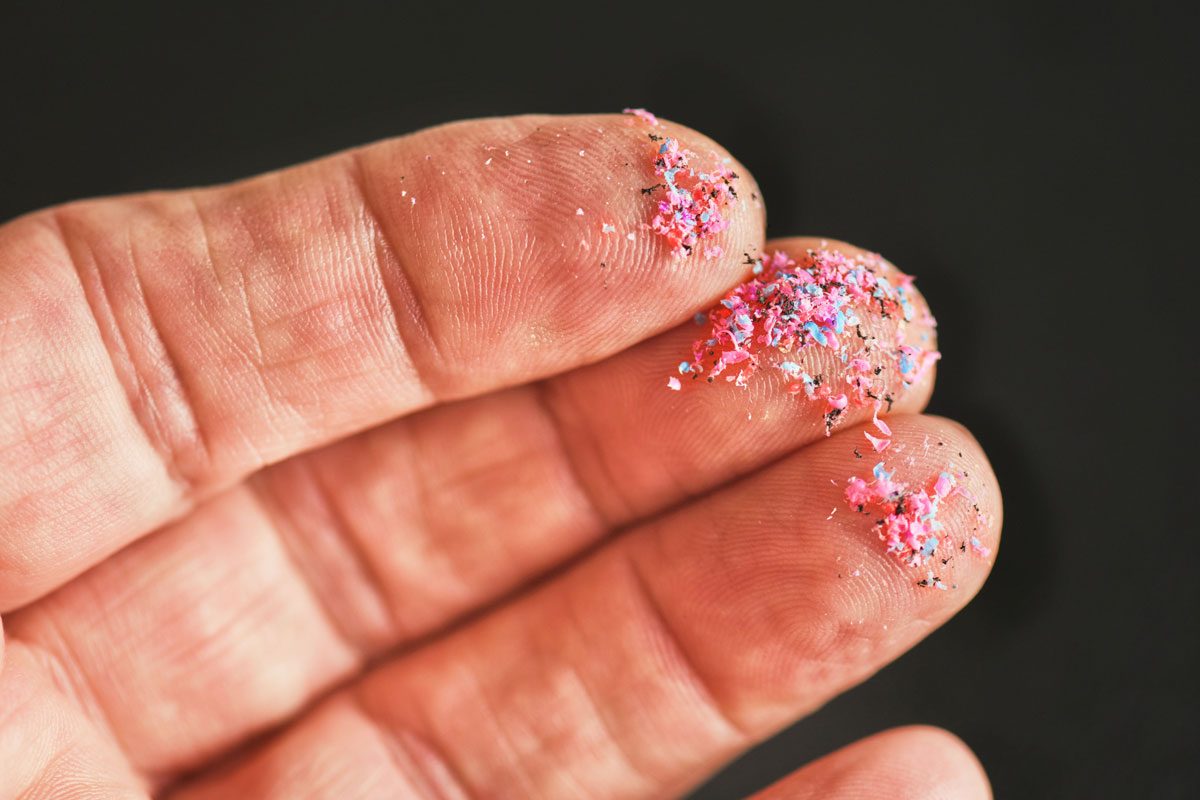Orlando Bloom Sparks Debate on Microplastics: A Pricey Blood Purification Procedure Raises Concerns
Orlando Bloom recently captured media attention by reportedly paying £10,000 (approximately $13,600) to undergo a blood purification treatment aimed at removing microplastics from his system. This extreme measure underscores a rising concern about the pervasive presence of microplastics in our environment, with studies indicating they can be found in remote locations such as Mount Everest and potentially even within the human brain. The unsettling reality of having these tiny particles in our bodies is fueling both public and scientific apprehension.
Traditionally viewed as harmless, microplastics are now increasingly linked to health issues. Nevertheless, scientific consensus is still lacking on their exact impact. This raises critical questions: Should individuals be alarmed about microplastics, and are procedures like Bloom’s necessary?
Understanding Microplastics and Nanoplastics
Microplastics refer to plastic particles or fibers smaller than 5mm (0.19 inches), with nanoplastics being even smaller at less than 0.001mm (39.4 microinches). These particles are so minuscule that they often evade detection without specialized equipment. Recent research has identified microplastics in the air we breathe, even in metropolitan areas like London, signaling further potential risks to our health.
Key findings include:
– Microplastics can penetrate the lungs and enter the bloodstream.
– Particles less than 0.001mm can access the lymphatic system, suggesting widespread distribution in the body.
– Laboratory contamination complicates accurate testing for microplastics, often leading to overstated prevalence in human tissues.
Current research estimates that humans consume approximately one teaspoon of plastic daily, raising alarms about long-term health implications.
Measuring and Understanding Microplastic Accumulation
Recent studies focus on determining not just the quantity but also the locations of microplastics within the body. One investigation suggested that the human brain might be a significant accumulation point, with findings indicating an average of 4.5 bottle caps’ worth of plastic present. However, as the brain is primarily fatty tissue, measuring accuracy remains a challenge.
Furthermore, research indicates considerable variability in microplastic concentration, influenced by factors such as location and the tissue type being examined. A recent study conservatively estimated a presence of 0.15µg of plastic per milliliter of blood, a minuscule amount akin to the weight of a single human hair but still concerning.
Public Anxiety and Mitigation Efforts
Despite scientific uncertainties, public anxiety remains high. Surveys show that around two-thirds of respondents globally are worried about microplastics in their bodies. For those seeking to limit exposure, lifestyle modifications can be beneficial:
– Choose natural fiber textiles for clothing and home use.
– Avoid plastic packaging, particularly when heating food.
– Opt for quieter routes to minimize exposure to microplastic particles from traffic.
As microplastic pollution is expected to escalate significantly by 2040, innovative tech for blood filtration targeting microplastics is likely to emerge. Currently, therapeutic apheresis—an advanced blood treatment method—has been commercialized to help remove these substances, although the validity of preliminary findings often remains ambiguous.
Until more research clarifies the behavior and health interactions of microplastics in human bodies, it’s prudent to remain cautious about aggressive “cleaning” claims touted in popular media. The health implications of microplastics continue to unfold, and further investigation is essential for informed public discourse.







